Top Things to Know Before Buying a Small Garden Office
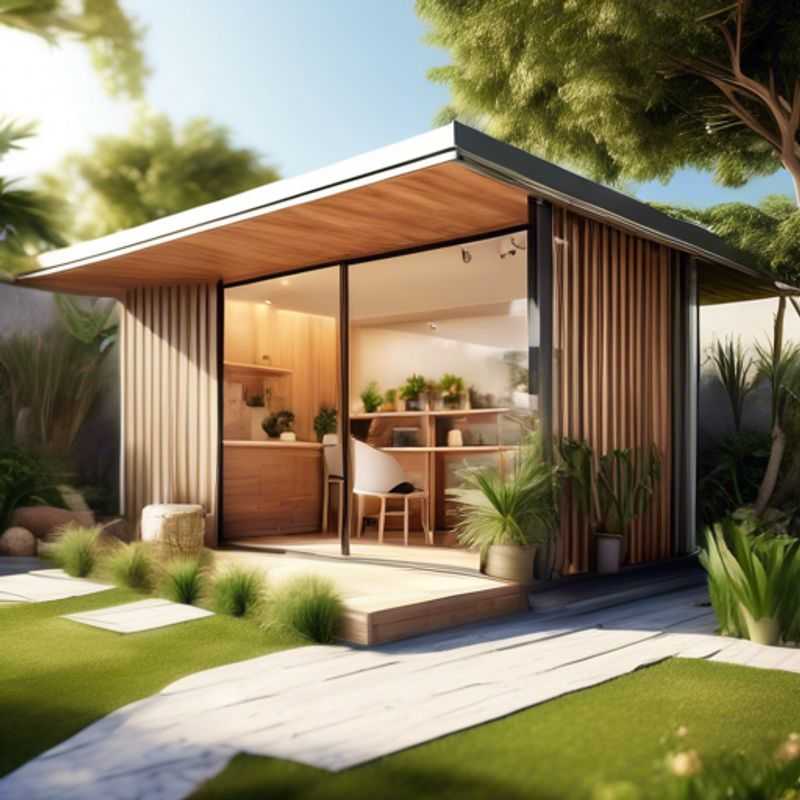
Top Things to Know Before Buying a Small Garden Office: A Guide to Success
So, you're thinking of adding a small garden office to your slice of paradise? That's fantastic! It's a wonderful way to carve out a dedicated workspace, embrace the tranquility of nature, and maybe even enjoy a cup of tea amidst the blossoms. But before you get swept away by the vision of a blooming office, let's get down to the nitty-gritty, shall we?

Measure Twice, Garden Once: How to Ensure Your Office Fits Perfectly
Before you start building your dream home office in your garden, it’s essential to measure carefully to ensure it fits perfectly. This step is crucial to avoid costly mistakes and ensure a smooth construction process. Here's a simple guide for measuring your garden space:
Measure the available space: Get your measuring tape and measure the length and width of the area you're considering for the office. Ensure you account for any existing structures, trees, or landscaping elements that might limit your available space.
Plan the office layout: Consider how you will use the space. Will you have a desk, chairs, shelves, or other furniture? Create a rough sketch of your office layout to visualize how the furniture will fit and move around the space.
Factor in building codes: Check local building codes to ensure your home office meets regulations. You may need permits or inspections, depending on the size and complexity of your structure.
Account for landscaping and access: Plan how you will access the office and how it will integrate with your existing landscaping. Consider pathways, lighting, and drainage.
Don't forget utilities: Ensure you have access to power, water, and internet for your office. Consider the location of these utilities and if you need to run new lines.
Consult professionals: If you're unsure about any aspect of the process, consult with an architect, contractor, or landscape designer. They can offer expert advice and ensure your home office is built correctly and safely.
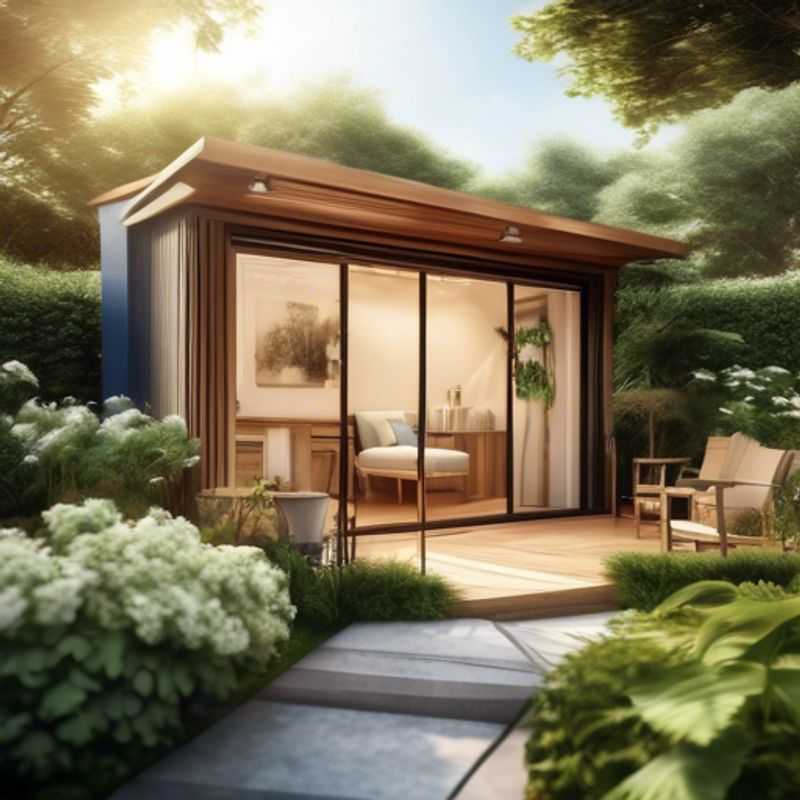
Building on Solid Ground: Foundation Requirements and Ground Stability
Foundation requirements and the ground's ability to support the structure are crucial for any building project. This involves ensuring the ground is stable and strong enough to handle the weight and forces of the construction. Soil testing is critical to determining the ground's suitability and identifying any potential issues like weak soil or high water tables. Geotechnical engineers are often hired to conduct these tests and provide recommendations on appropriate foundation designs.
The type of foundation required depends on factors like soil type, building size, and local building codes. Common foundation types include shallow foundations, suitable for lighter structures on stable soil, and deep foundations, such as piles or caissons, necessary for heavier structures or when soil is weak. Foundation costs vary depending on the chosen type and complexity. The cost of soil testing, foundation design, and excavation are all significant factors.
In addition to foundation requirements, consider environmental factors such as groundwater levels and seismic activity. These factors may influence the foundation design and potentially increase costs. It is essential to involve qualified professionals during the planning stage, as a robust foundation is critical for the building's long-term stability and safety.
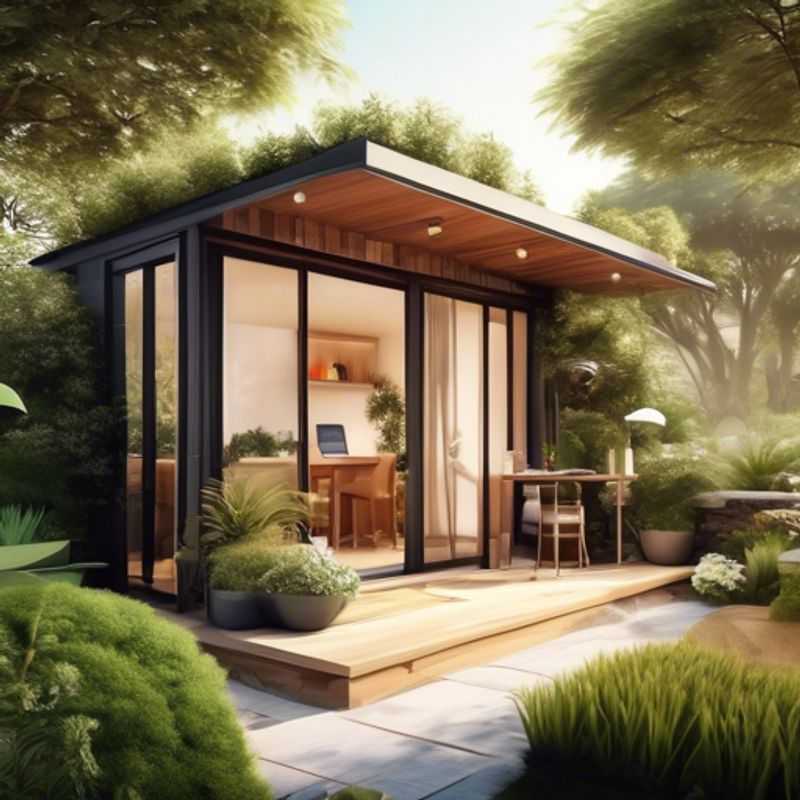
Office Space Planning: Don't Get Caught Offside - Check Local Regulations First
Before you even begin looking for a space, it's crucial to understand your local planning regulations. These regulations govern the types of businesses that can operate in specific areas, and whether an office is permitted. Failing to comply with these regulations can lead to costly fines and even closure of your business.
To find the relevant regulations, you can start by visiting your local council's website. They often have dedicated sections for planning and development, which will outline the planning policies for your area. It's wise to consult with a planning expert for advice, especially if you're planning to make significant changes to the space.
You may also want to contact your local council directly to inquire about the specific regulations related to office use. They can provide you with a list of permitted uses, zoning regulations, and potential limitations.
In some cases, you may need to obtain planning permission before converting a space to an office. This process often involves submitting an application with detailed plans, which may be subject to a fee. It's worth noting that applying for planning permission can take time, so it's best to begin the process early.
Remember, it's important to stay informed and proactive when it comes to planning regulations. Thorough research and consultation can help you ensure that your office space is legally compliant and set you up for success.
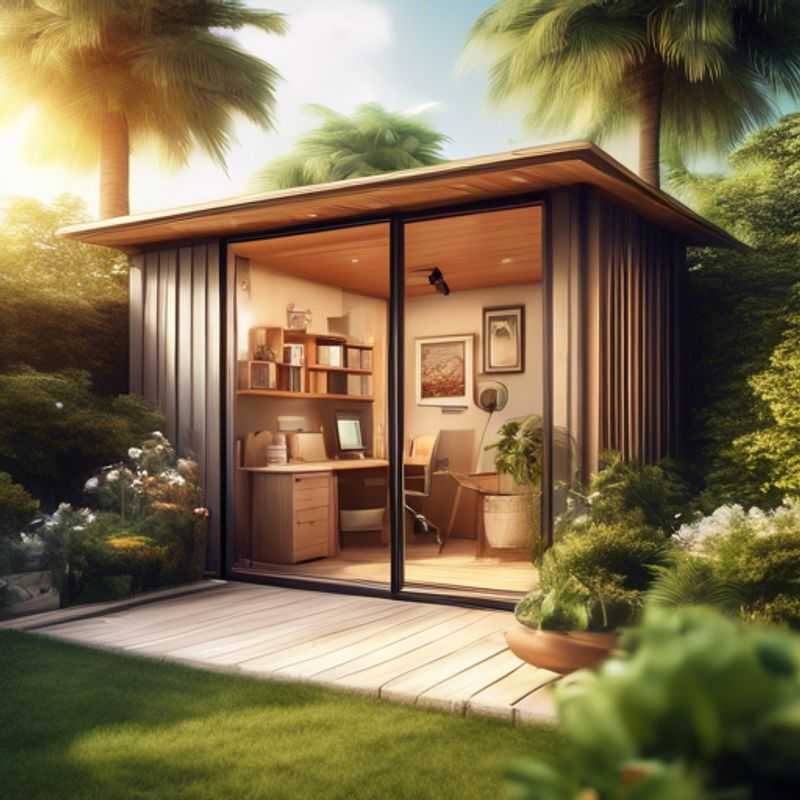
Unlocking Comfort: Evaluating Insulation & Heating Needs for Year-Round Coziness
To evaluate insulation and heating needs for year-round comfort, start by understanding the current insulation levels in your space. Check for gaps, moisture, and the R-value, which indicates the insulation's effectiveness. The higher the R-value, the better the insulation. Consider conducting a thermal imaging inspection to identify cold spots and areas needing improvement.
Next, assess your heating system. Determine if your existing heating source is efficient and adequate for the size of your space. Options include centralized heating systems, space heaters, or radiant floor heating. Upgrading to a more efficient system may involve paid activities like hiring HVAC professionals for installation and maintenance, which can vary in cost based on the complexity of the project.
Don’t overlook the importance of air sealing. This involves sealing leaks around windows, doors, and other openings to prevent heat loss. This can be a DIY project or may require professional help, which can add to your costs. Additionally, consider the installation of programmable thermostats to optimize heating schedules, which can also incur installation fees.
Lastly, it’s crucial to evaluate the overall layout of your space. Ensure that furniture placement does not obstruct heating vents, and consider the orientation of windows for natural heating from sunlight. Proper planning and evaluation can significantly enhance comfort while being cost-effective in the long run.
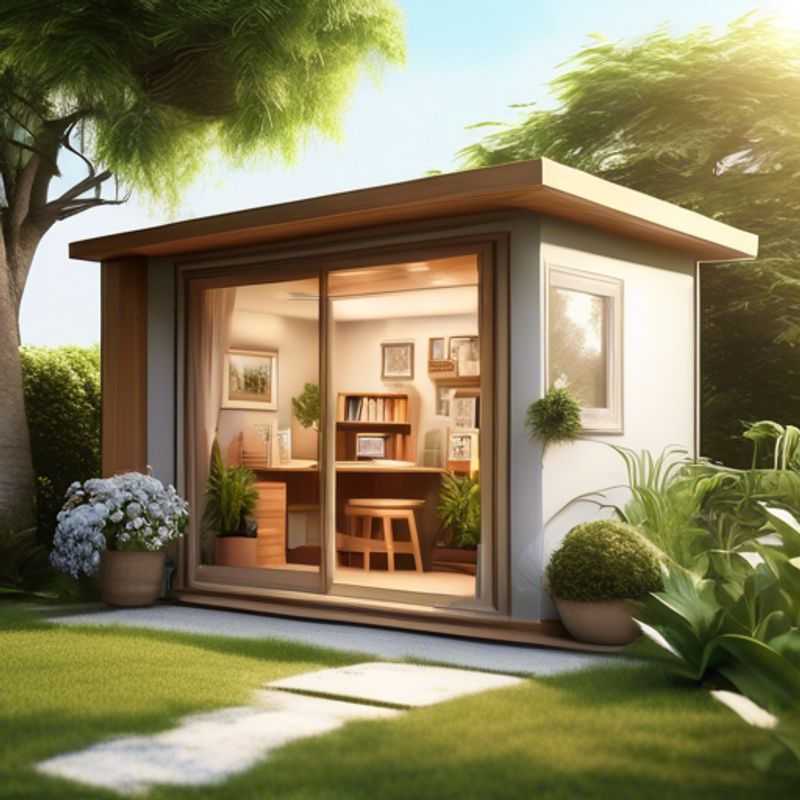
Harnessing the Power of Natural Light and Ventilation: A Guide to a Productive Workspace
Harnessing the power of natural light and ventilation can transform your workspace into a haven of productivity and well-being. Sunlight, a natural mood booster, improves focus, alertness, and overall cognitive function. Studies have shown that working in naturally lit environments can reduce eye strain and headaches, leading to a more comfortable and enjoyable work experience.
Adequate ventilation is equally crucial. Fresh air improves air quality, reduces the build-up of pollutants, and promotes a sense of spaciousness. Proper ventilation not only enhances physical comfort but also contributes to a more invigorating and stimulating atmosphere. For those with sensitive noses, it can also help reduce unpleasant odors, creating a more pleasant working environment.
When planning your workspace, consider these factors:
Location: Choose a space with ample access to natural light, ideally facing south for optimal sunlight exposure. Orientation: Position your desk to take advantage of natural light, avoiding direct glare. Window treatments: Opt for light-filtering blinds or curtains to control glare while maximizing natural light.
Ventilation strategies: Open windows regularly to allow for fresh air circulation. Invest in a high-quality air purifier to remove pollutants. If your workspace lacks natural ventilation, consider installing an efficient ventilation system.
Ergonomics: Ensure your desk and chair are positioned ergonomically to support proper posture and prevent discomfort, enhancing productivity.
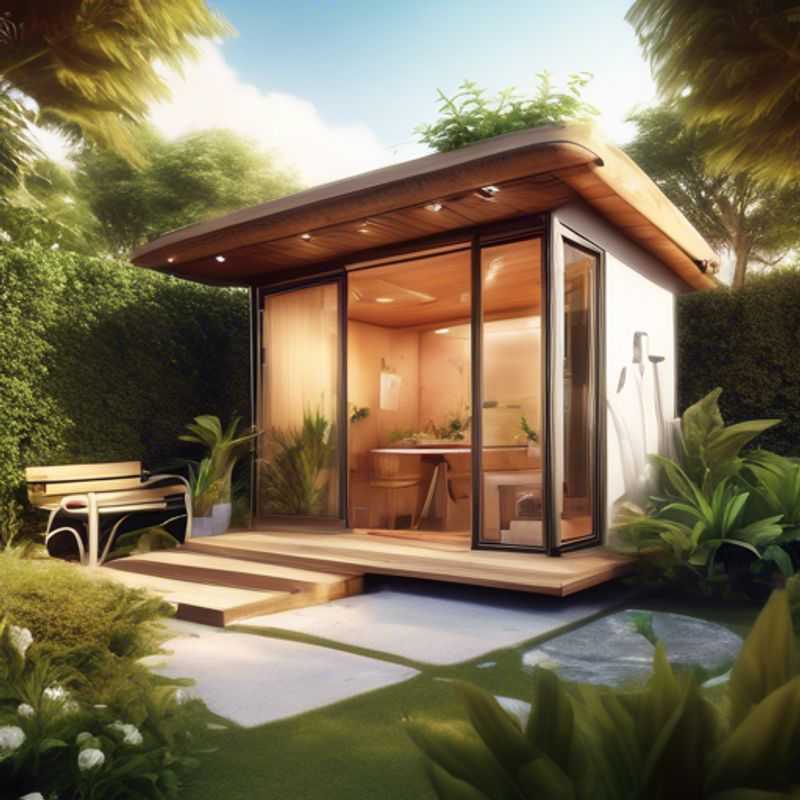
Power Up Your Workspace: Planning Electrical and Internet Connectivity
Setting up a functional workspace involves planning for reliable electrical and internet connectivity. This includes considering power requirements, network infrastructure, and potential costs.
Electrical Considerations: First, you need to determine the power requirements of your devices and equipment. Calculate the wattage of each device and add them up to determine the total power draw. Ensure your electrical system can handle this load. You might need to upgrade existing circuits or install new ones, which could involve an electrician's fees. Consider using power strips and surge protectors to manage power distribution and protect your devices.
Internet Connectivity: Choosing the right internet plan is crucial. Consider your internet usage needs, speed requirements, and budget. High-speed internet options like fiber or cable provide faster speeds and better reliability for tasks like video conferencing and cloud-based applications. Look for plans with unlimited data, as you'll likely be using the internet extensively. Internet service providers often have installation fees and monthly subscription costs.
Network Setup: A robust network is essential for a smooth workflow. A wireless router provides easy access to the internet. A wired network, using Ethernet cables, can offer faster speeds and improved stability. Consider using a mesh network for better coverage and connectivity throughout your workspace. Network equipment, including routers, switches, and access points, can come with a range of pricing depending on features and capabilities.
Professional Installation: If you're unsure about electrical or network setup, consider hiring a professional electrician or network technician. They can ensure your workspace is properly wired and equipped to meet your needs. These services typically have associated costs depending on the complexity of the work.
Important Tips: Evaluate your current infrastructure and identify any potential bottlenecks. Factor in future needs to ensure your workspace can accommodate growth. Read reviews and compare prices from different internet providers before signing up for a plan.
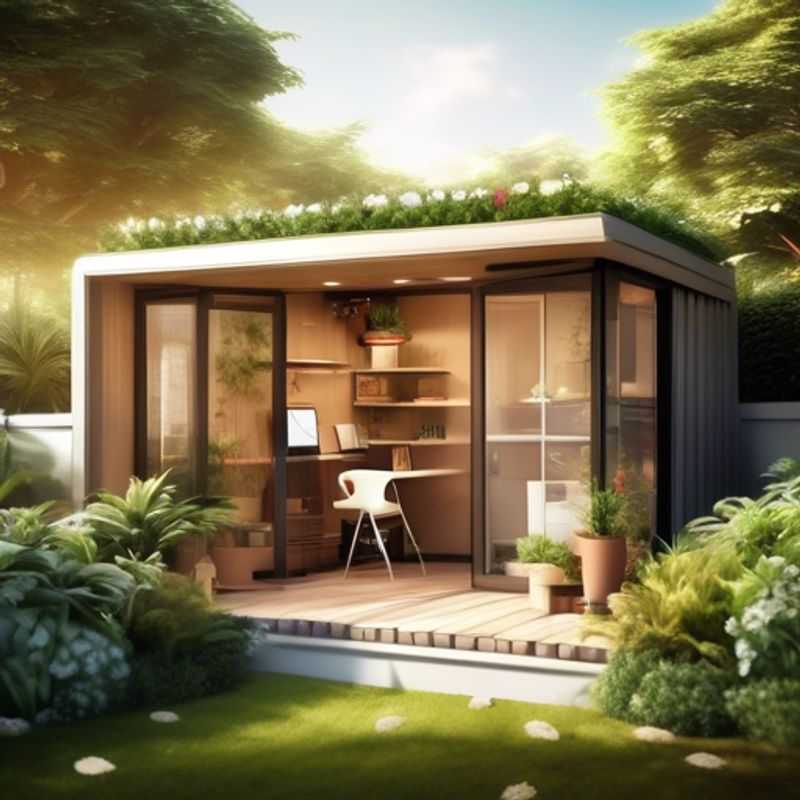
Building a Foundation of Strength: Researching Durability and Weather Resistance in Building Materials
Researching the durability and weather-resistance of building materials is crucial for ensuring the longevity and safety of structures. Key factors to consider include the material's ability to withstand environmental challenges such as moisture, temperature fluctuations, and UV exposure. Common materials like concrete, wood, and metal each have unique properties affecting their performance. For instance, concrete is known for its compressive strength and resistance to fire, while treated wood can resist rot and insects, enhancing its lifespan.
When estimating a plan for this research, it is essential to consider laboratory testing for materials, which may include tensile strength tests, moisture absorption tests, and freeze-thaw tests. Additionally, field studies can provide real-world insights into how materials perform over time in various weather conditions. Be aware of potential costs associated with hiring experts or purchasing specialized equipment for these evaluations.
Another important aspect is the environmental impact of materials, as sustainability is increasingly becoming a priority in construction. Evaluating materials for their life cycle and recyclability can also play a role in decision-making. Ultimately, thorough research on durability and weather-resistance not only contributes to better building practices but also ensures the safety and satisfaction of occupants.
